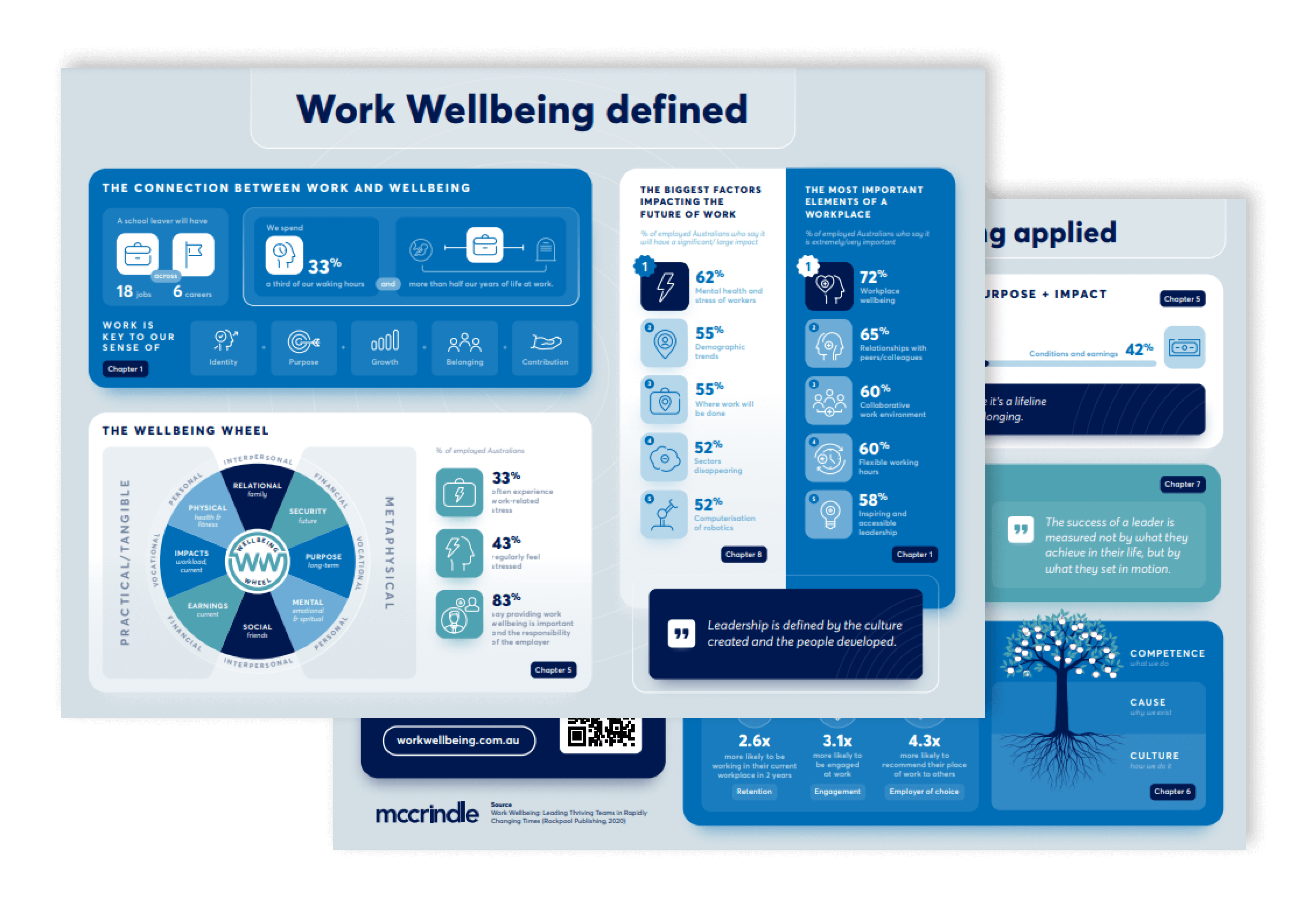Work Wellbeing
The importance of coaching in the workplace

Work wellbeing is and should be one the highest priorities within our leadership and our companies. We spent more than a third of our waking hours at work, so the importance of this topic should not be underestimated. Work wellbeing is related to all the pillars of work, including growth and coaching.
Shift in how we view work
We have seen a shift in the way individuals view their job and careers. The former idea that ‘work pays the bills’ is no longer the alignment that the next generation is settling for. For a lot of people, work nowadays must align with their passions, strengths and values increasingly. Moreover, employees who are given the opportunity to operate in their strengths will perform with greater enthusiasm and commitment, which contributes greatly to work wellbeing.

The work-from-home environment
The last 18 months has seen the global workforce transition most of its work hours to the home office, where possible. The new three letter acronym WFH (work-from-home) has now become a reality for many workers. This presents new challenges for work wellbeing and how to do this well as work hours easily start to blur into private timeslots.
The need for connection and coaching is essential in teams working remotely. Thinking of new ways to connect with others in your team and how to utilise their strengths requires intentionality, as we lose the coincidental opportunities that working in the same space creates. Therefore, focusing on your team’s strengths has become essential. Not just for the company but for the individuals in your team so they can still engage and perform their absolute best.

Investing in strengths improves work wellbeing
We know that within the working-from-home environment, the challenges for work wellbeing become even greater with increased screen time and social isolation. Gallup’s studies have shown that the more hours each day strengths are utilised, there is a direct correlation to less worry, stress, anger, sadness, or physical pain.
Investing in the strengths of our employees will therefore be of greater importance because it can improve health and work wellbeing. If we want to continue to thrive as a leader or as a company, people’s wellbeing needs to be prioritised and what better way to keep investing in them by focusing on their strengths to see them flourish.





